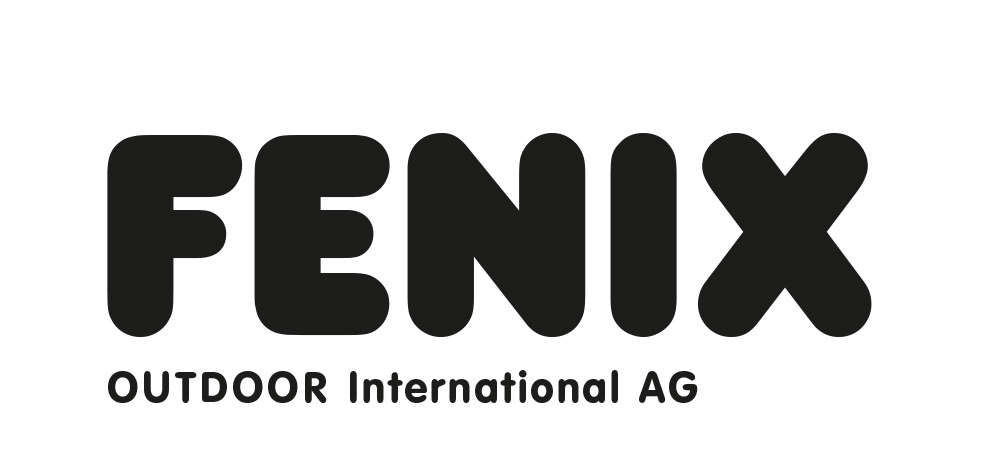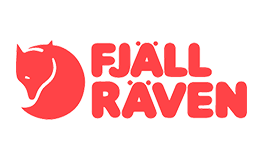Here come the women!

The female superstar athlete isn’t a new phenomenon. For decades, fans have leapt out of their seats watching athletes such as Chris Evert Lloyd, Martina Navrátilová, Florence Griffith-Joyner, Annika Sörenstam, Lindsey Vonn, and Billie Jean King.
While the battle for equal pay has also been ongoing for decades – King founded the Women’s Sports Foundation in 1974 to address the issue - things have improved for the brightest of stars.
What has been missing are the professional pro leagues for women playing team sports.
Until now.
“Something’s happening. Records are broken everywhere. Women’s soccer attendance growth in double or triple digits across the board and 2023 was a record year for sports sponsorship in women’s sports, 90 million in total,” Bettina Baer, Client Service Director at Two Circles, a sports marketing agency, said at the Hockey Business Forum in Munich in late October.
The evidence is out there for everyone to see. We saw it at the 2022 women’s Euro when the stadiums were filled by fans from around the world. The pro basketball league WNBA’s attendances are up by 50 percent since 2023 and even beat the NHL opening game ratings this year.
Hockey is following the same trend, thanks to the Professional Women’s Hockey League (PWHL) which started its operations a year ago.
“In our inaugural season, 156 players from 12 countries played in the PWHL. The total attendance was 483,000,” said Chris Burkett, Vice President of League Operations at the PWHL.
Coincidentally, Billie Jean King is on the league’s Advisory Board.
While the PWHL was very much a player-led initiative, spearheaded by the top national team players mostly in Canada and the US, its current structure makes it a single-owner entity and that single owner is Mark Walter, CEO of Guggenheim Partners, a privately held global financial services firm with more than $325 billion in assets under management and headquarters in Chicago and New York. He's also the part-owner and chairman of the Los Angeles Dodgers and co-owner of Chelsea in the English Premier League.
“We’re lucky to have the ownership we have. We don’t have to get consensus across multiple owners, or investors, and can make decisions quickly and move fast,” Burkett says.
The investors and the players’ association signed an eight-year CBA that brings with it a salary floor and a cap, with modest three-percent annual increases to them. For 2024-25, the three-percent raise means a salary floor of about 36,000 dollars, up from 35,000. The players also get housing stipends.
In the last year of the CBA, in 2031, the league minimum salary will be 43,045 dollars.
“The investor wanted the certainty of a salary structure so that it remains sustainable. In our first year, expenses outpaced revenues, so in the early days the investor will record losses, but there’s a long-term plan to see a thriving, profitable league,” Burkett says.
While the minimum salary won’t be life-changing, the best-paid players can certainly earn a comfortable living.
“We’re assessing different markets, and it could be one, or it could be two,” Burkett says. “Everything’s new, we’re evolving, it’s new for everyone, including ourselves.”
One thing is certain, though. There’s demand for a female pro league in hockey.
“Season tickets are up by at least 60 percent in all markets,” he says.
The PWHL has quickly taken its position as the destination for the best of the best. And for those still outside the league, or coming up the ranks, a dream to work toward.
According to Burkett, the PWHL is all about professionalism, empowerment, growing the game, player-fan engagement, and gender equality, and its supporters certainly share a feeling of being part of something bigger.
“At our first draft, Billie Jean King said that ‘This isn’t a moment, this is a movement’ and that’s become our mantra. You feel the joy and electricity in our games. The fans aren’t only cheering for their team, even though there’s that, but there’s the idea that we’re part of something special,” Burkett says.
“Also – and we talk a lot about this – yes, there’s lots of girls but also lots of boys in the stands. My son, for example, knows the stats and the players. It’s a societal impact you can’t discount.”
The league’s already looking to expand to “up to two” new markets for 2025-26. They also want to play a game somewhere in Europe.
“We hope to expand the pool for girls’ and women’s hockey,” Burkett says.









